In the past 6 years of intermittent cheese trekking, there have been many stories, places, people, and cheeses that I didn’t find to time to speak about. The notes and photos I took were buried in digital stacks that I am now sifting through, gleaning out glittering fruits. As I revisit this material, I am brought back to these spacetimes intersections, and feel called to share some of them with you, my dear Trekkies, who have stayed with us through the ups and downs, ins and outs of this winding path that leads to where we know not. If you are new here, welcome aboard.
There is no cheese or milk in this post. It focuses instead on the ancient bond between humans, dogs, livestock, and wolves, which has value as we attempt to reintegrate our lives with the more-than-human world.
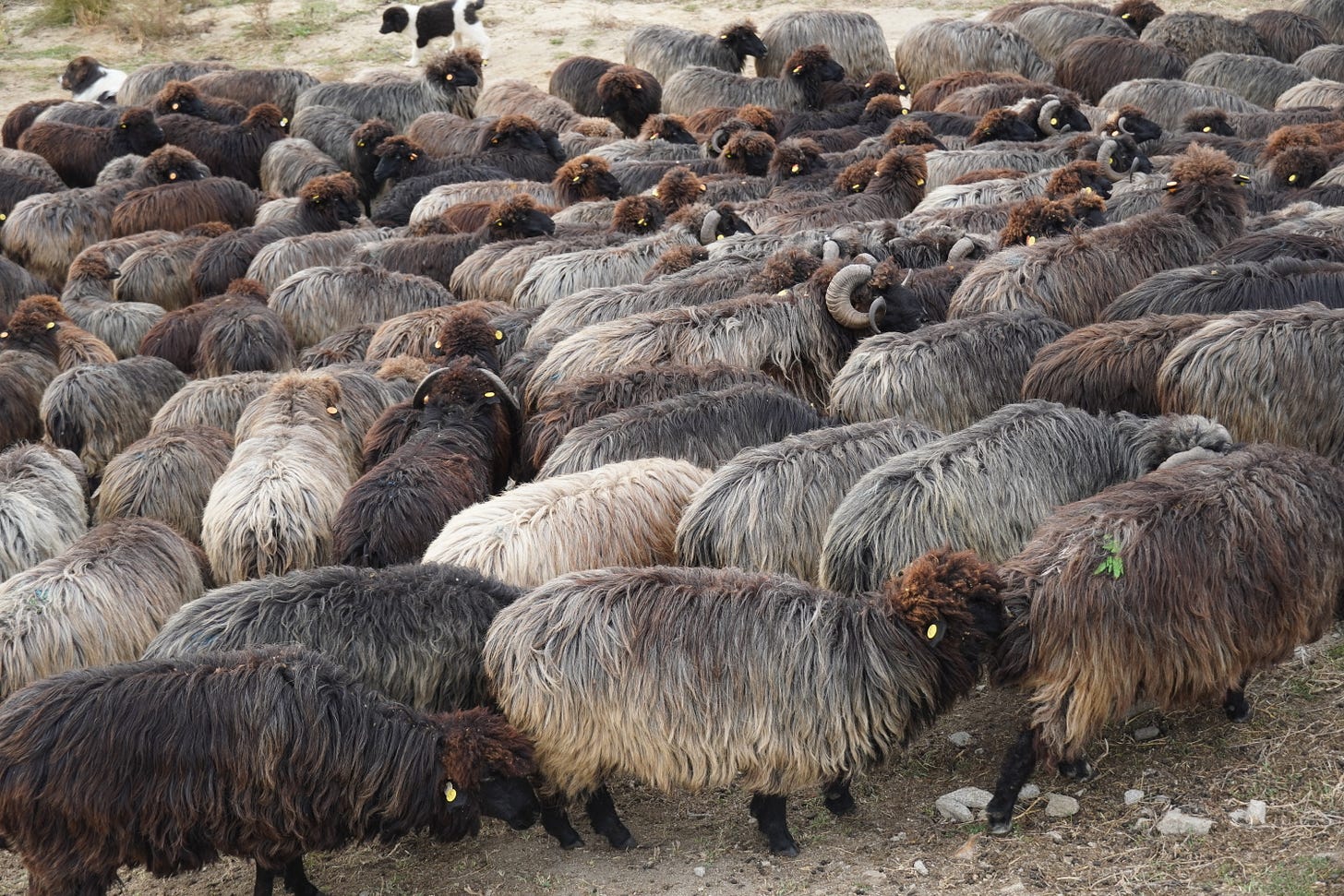
First spacetime: a small village in Bulgaria that I spent a few nights in with a friend in October of 2023. I met Marko in the Slovenian alps, and our trip in the Balkans was summarized in this post. Marko had heard about two brothers who were keeping small black-blond Karakachan sheep, a rare and ancient breed. The name is used to reference a historical ethnic group or mobile shepherd culture called the Karakachani - a name which translates as black fugitives or refugees - who were known for wearing black clothing made from the wool of these sheep. There is also a Karakachan livestock guardian dog (LGD). The brothers keep the sheep and breed the dogs, in a remote village near Kresna Gorge that is nearly abandoned, where a summer camp and education center is ran by the ex-wife of one of the brothers, who is a large carnivore vet. A project involving exploring ways of maintaining the fading pastoral lifestyle and a symbiotic, ecologically vibrant relationship between predators, sheep, humans, and dogs has burned out its idealism, and now sits in a limbo of weary people, rivalries, and pessimism.
The Dogs are Always Out
We didn’t have directions, but upon arriving in the village it was obviously the house across the canyon with extensive livestock housing and piles of composting manure. As we got close on foot, a cohort of large fluffy dogs came down to greet us with unmistakable hostility, forming a line on the road that only a fearless fool would try to cross. Sider, the brother who would host us during our stay, casually sauntered out smoking a cigarette, watching the familiar scene. He didn’t call the dogs off, but walked out to the road and said hello, telling us to approach. “They won’t bite….probably. Unless they don’t like how you smell.” Sider’s mouth twisted with the barely perceptible smirk that was his smile. “Just don’t make any sudden moves.” I let Marko go first.
Even after we had been there a few days, our every move was monitored by this revolving gang of dogs, who watched us with raised eyebrows and frowns, like an aggressive bouncer at a bar who didn’t trust young newcomers. Troublemakers. Hooligans, obviously here to mess with the locals. Potential sheep hustlers or bandits. Every time we came down the wooden stairs from the rooms where we stayed, we tried to avoid startling them, as they laid about where they pleased, sleeping with one eye and both ears open.
If we went for a walk, coming back was like meeting them all over again. Heavy hostility. I’m pretty comfortable around barking, on-duty guardian dogs, but I was a bit scared. The sheer volume and unrestrained energy of their barking was unnerving.
Still, I admired these dogs. They are wolves, who were brought into the fold to protect from the wolves. They switched teams, signed a contract with bipedal apes, who have an abundant supply of meat. It’s rare to see dogs that have maintained a pure expression of the genetics selected and spread by historical pastoral cultures wherever they took their flocks. It has been diluted in modern times, as LGDs have become less aggressive, less prone to confront and bite people, less able to bond and live with a herd, fully integrated and fiercely protective.
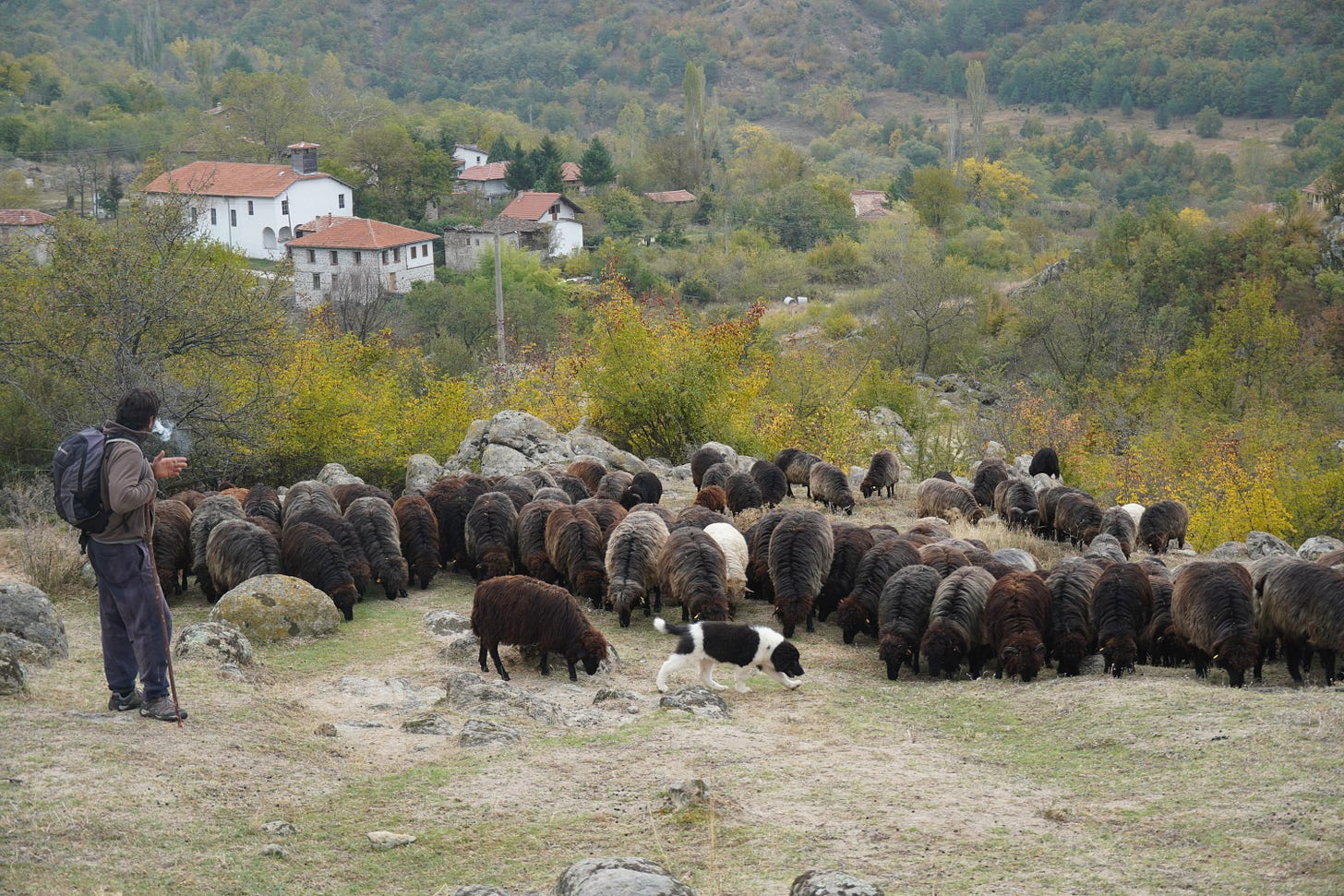
The Flock
After breakfast of coffee and cigarettes, Sider took us to meet the sheep at their night pen a short walk from the house. As he opened the gate, I admired the locally cut poles used to construct a variant of the archetypal frugal livestock fencing that I see all over the world, in a perpetual state of decay and renewal, cobbled together as a mosaic of found and repurposed objects. Held together by sweat, worn hammers, baling twine, calloused hands, relentless peasant ingenuity.
The sheep were alluring, pixieish, dream-like. Small but stout, wearing sturdy jackets of multicolored wool designed by nature for their survival, not tainted by the weakness of human comfort, the modern fear of strong and itchy fiber. Like many older breeds (Icelandic, Navajo Churro, Karakul) there are two distinct layers to their coats: a longer, coarse outer layer that sheds moisture with help of lanolin, and a shorter, softer inner fleece for insulation. I retrieved a small bag of the finer wool, and needle felted little figurines to give as gifts, remaking the animals from their precious offering that is now discarded by a world turned upside down.
Our dreams are made of the composting wool of forgotten mountain sheep…..once loved and lived with, now nearly extinct….existing only as paintings and archetypes buried deep in our pastoral hearts, which yearn to refurbish the dilapidated barns where our souls long to work, to live, to dance.
The way they looked at me threw me off. They actually saw me, looked INTO me, rather than at me. A sheep had never made eye contact with me in this way, like something deep and sympathetic was being exchanged. Like I was being sized up, told to keep my distance. But also like we were nearly equals, with the sheep having the upper hoof. Less of the fear, subservience, and meekness I normally encounter in sheep. More intelligence and wild dignity.
Wolf Food
In the dry heat of the flammable afternoon, we went with Sider’s son Hanko to fed the wolves. Two wolves are kept in a tall enclosure with plenty of brush and rock inside. One wolf was tame, she came down and paced along the fence, licking our hands and displaying impatient excitement. A huge hunk of meat was thrown over, what would have made a roast to serve four people. The wolf swallowed it down without chewing, like a snake eating a rat. Wolfed it down. Never seen that before.
Hanko let the she-wolf out of her pen, and we watched her eerie, effortless walk. She moved like water flowing down a hill, and made the gait of a domestic dog seem clumsy and out of sync. She brought a stick to us, then rolled onto her back submissively and let us touch her belly. I was scared to, but when I did, she starting peeing in the air.
The pee smelled strongly, a raw perfume that struck some primal chord of fear in me. I smelled it with my spine. Fight or flight. Hunter or hunted. The wolf grinned and chuckled, then slide up the trail with serpentine grace.
The brothers are also keepers of regal Kalofer Longhair goats. Their black and white coats of straight, luxurious hair are used to make famous Kukeri costumes, donned for festivals in this part of Bulgaria. Massive horns spiral out to the side of the older animals. When they walk, their long locks sway majestically like runway models. These goats were breed to be ornate and beautiful, to grow the hair that we humans harvest for the ritualized beauty and lavish adornment that intact live cultures exaggerate out in the worship of the natural world. We are animals that don the skin, fur, and feathers of other animals. We make sense of ourselves by mimicking and becoming them. Without our animal allies, adversaries, and spirits surrounding us, we are not fully human. We honor them by wearing them, by keeping them, by eating them.
No wolves, no dogs.
No goats, no humans.
The wolf makes the flock, the shepherd needs the wolf.
Without the wolf, the shepherd and the dogs become redundant, lose meaning, disappear.
The Karakachan sheep and dogs, along with these longhair goats, have populations on the rise after nearly being lost to human folly. It’s easy to become pessimistic in the face of the rapid loss of livestock breeds globally. It’s an immense tragedy, this voluntary, even encouraged loss of very tangible genetic and cultural wealth, the legacy of pastoral communities, part of their endangered and persecuted sovereignty. But these sheep are still here. You can look into their eyes and see the tragic hope, the dignity, the resilience. The last shepherds still walk the hills, and new ones are coming up, from the cities of distant lands. You can hear the dogs barking at night as wolves and bears traverse the mountains above.
There are people all over the planet doing amazing and undervalued work to keep these ancient, highly functional relationships going. They are too often underfunded, jaded, and receiving the opposite of support from regional governments and local social institutions. But they are out there, doing the work, and it is these people and their efforts, these multispecies herds and threatened breeds that I think we should focus on, and direct resources, labor, and expertise towards.
At the same time that this ancient lifeway with its breeds, foods, and music is dying out, being pushed to the edges, the shepherd’s blood is found flowing in new veins. The wolves are back, right on time.
The future is the past.
The future is pastoral.




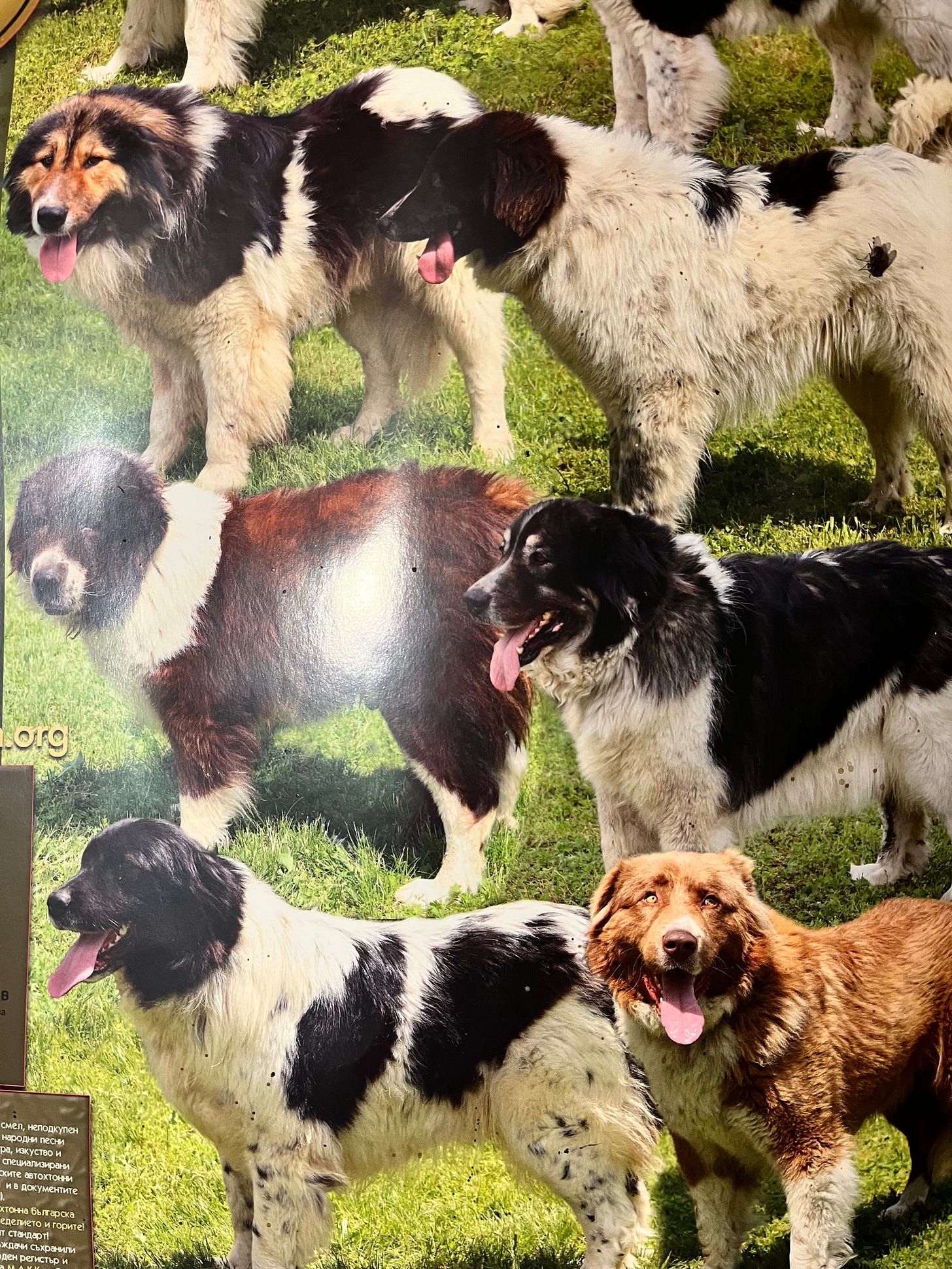
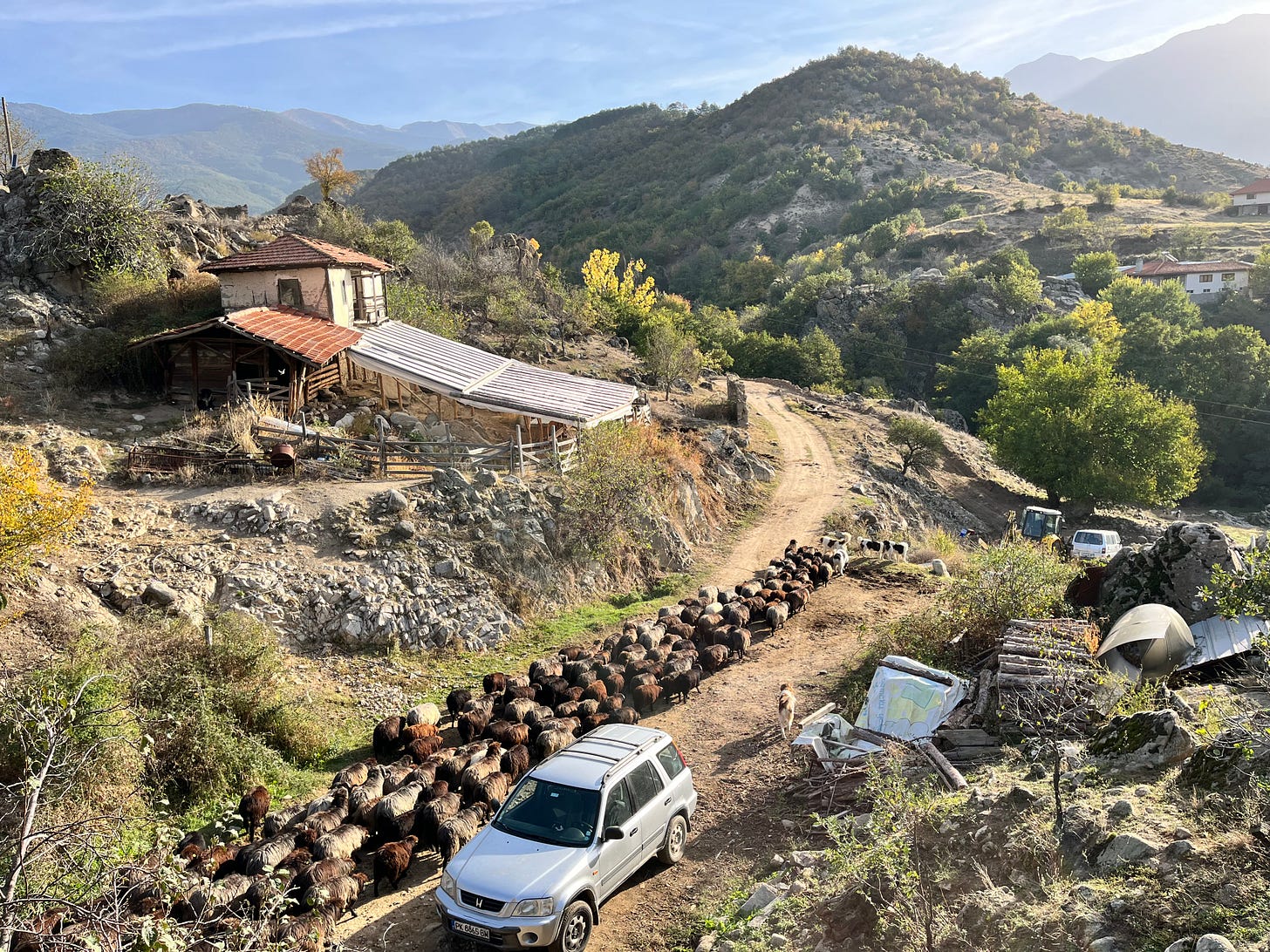
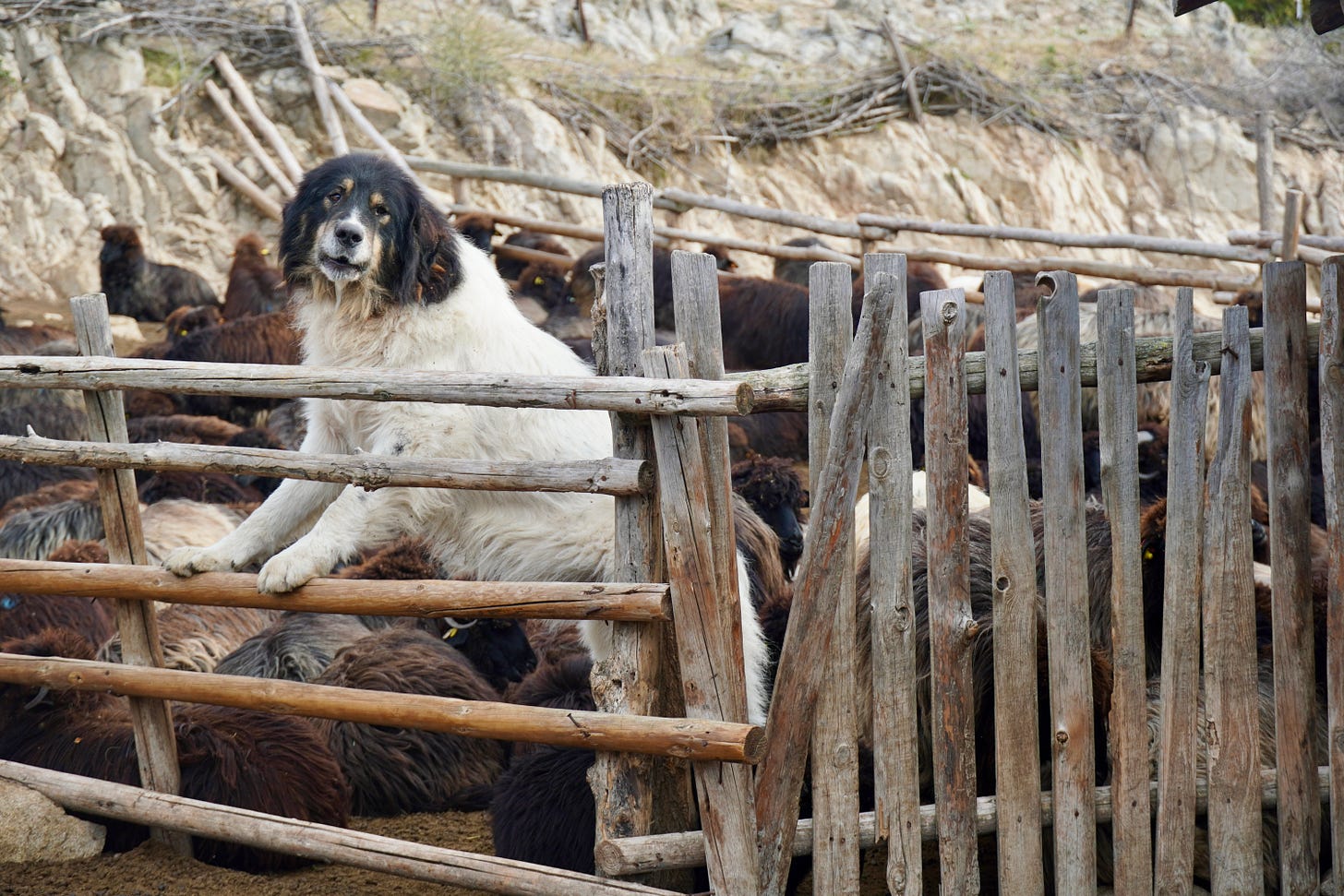
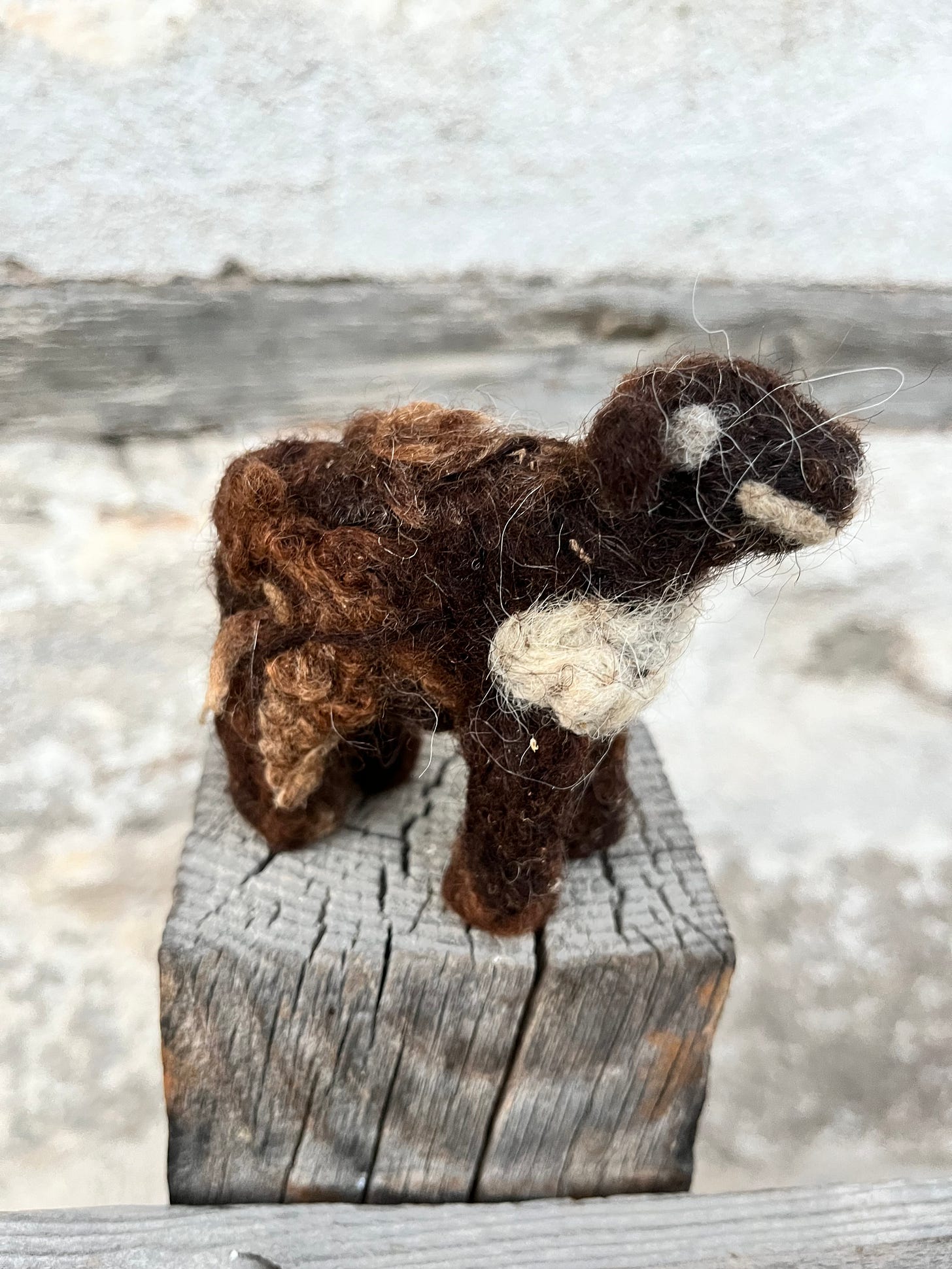
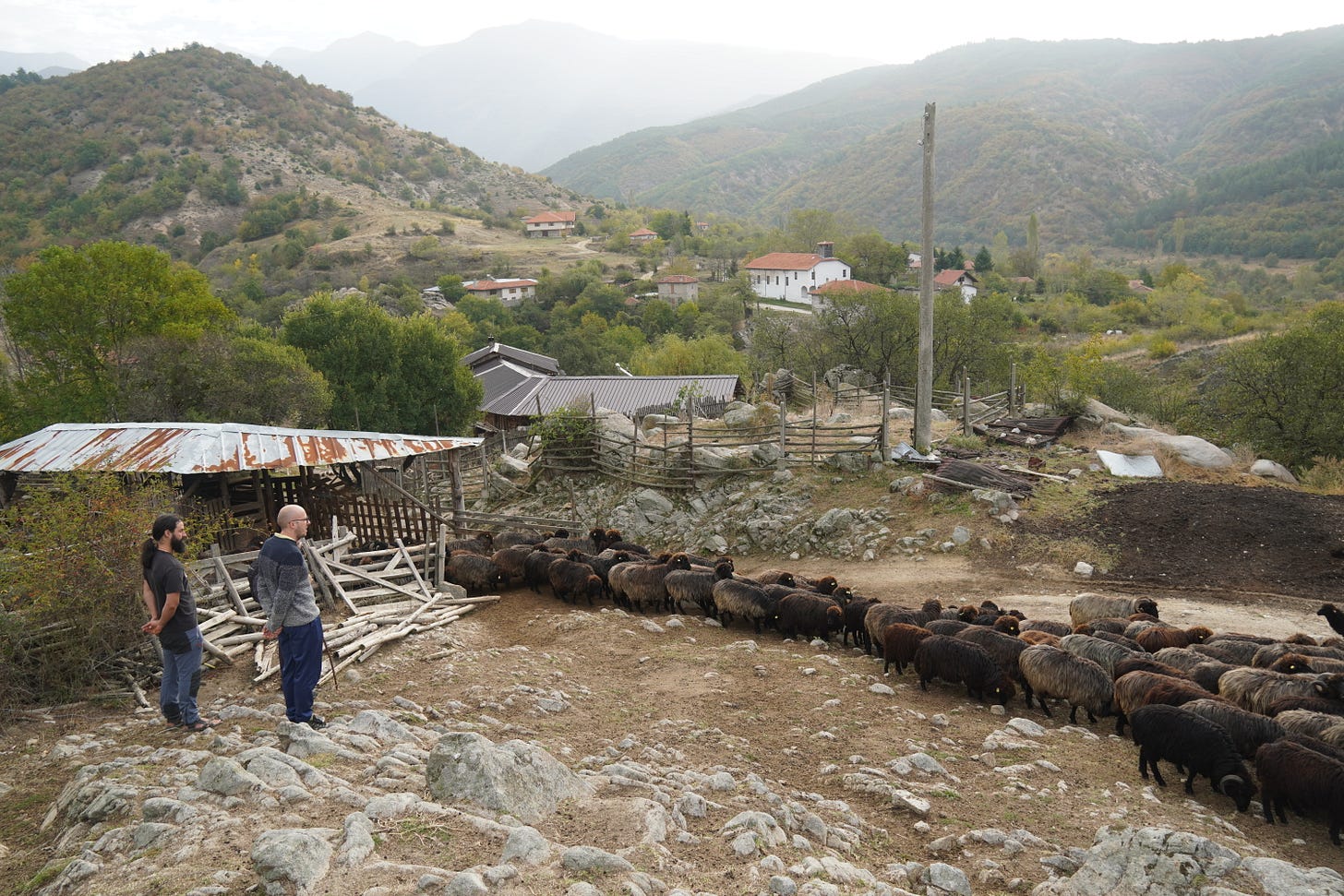
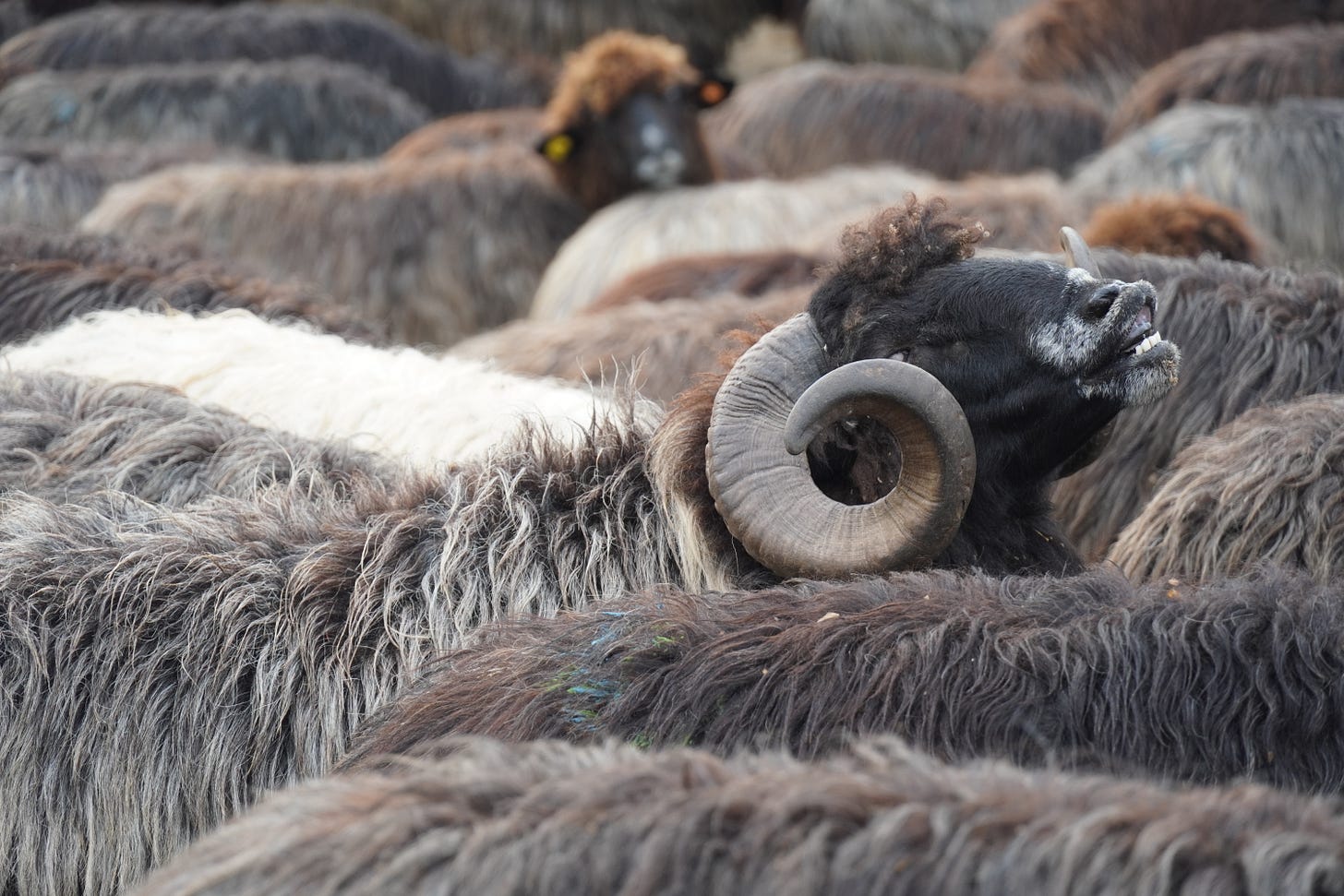
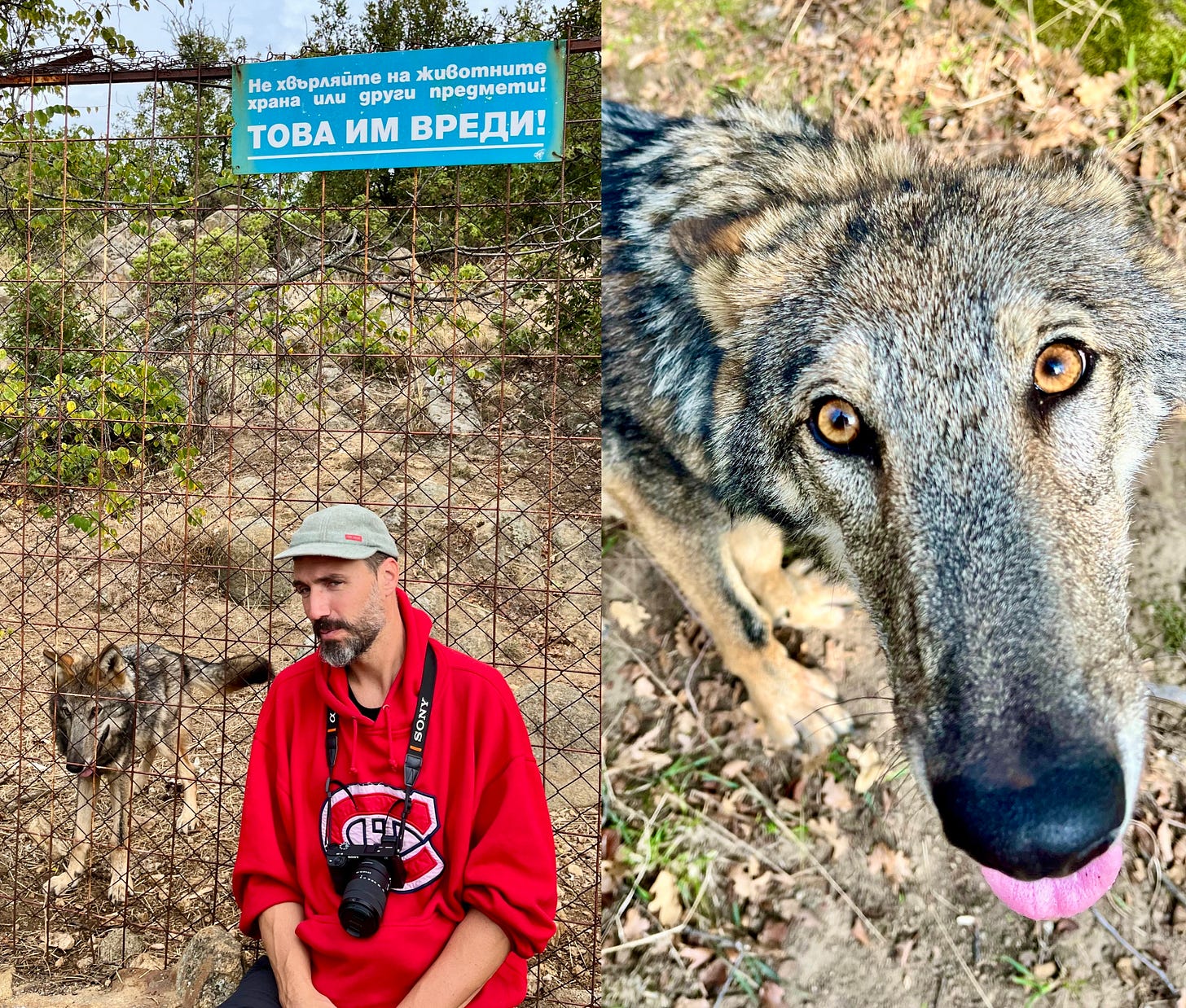
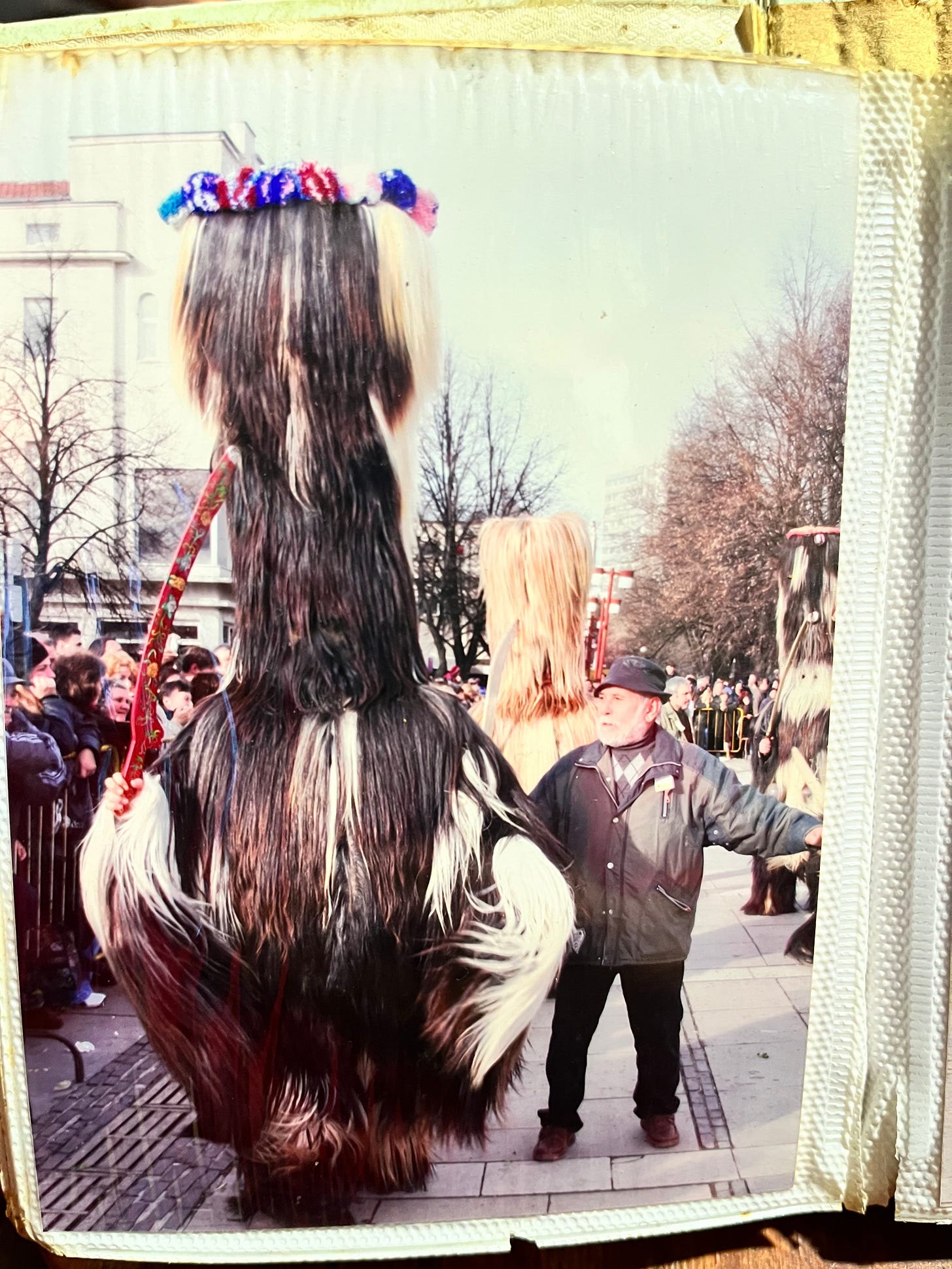
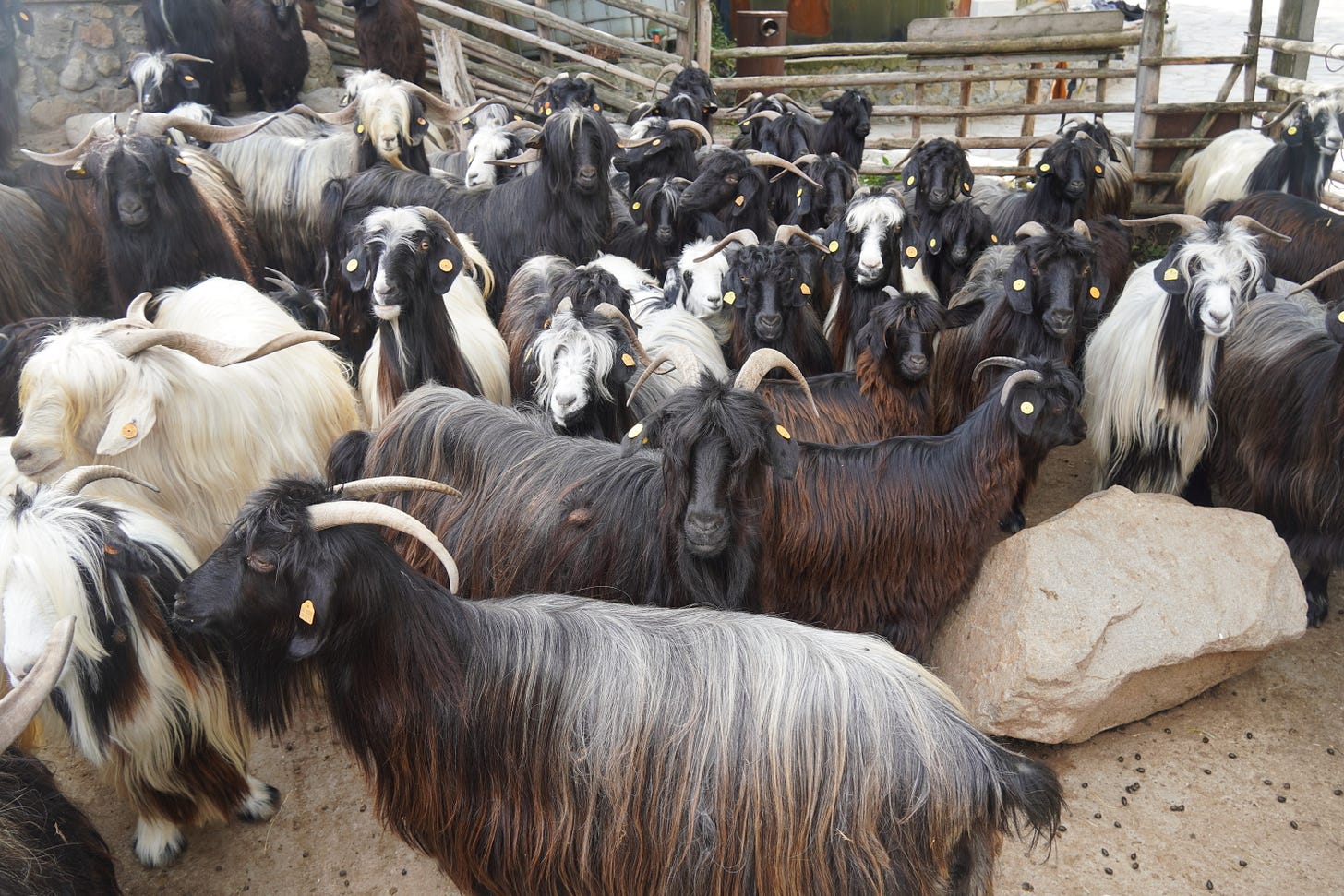
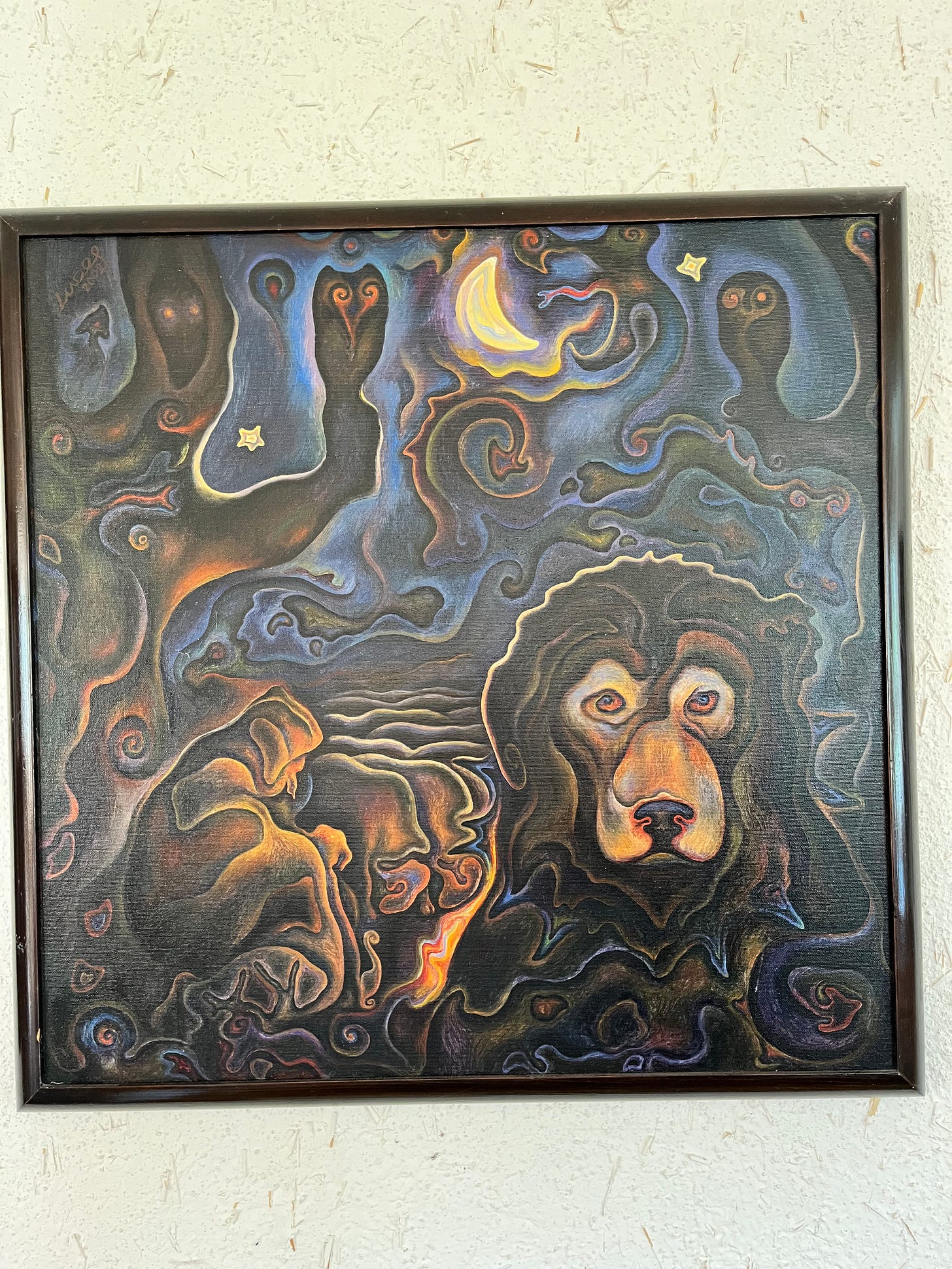
I am in awe, choked up, grateful and inspired here. Thank you so much.
Thank you for sharing this wealth of human and animal dignity.